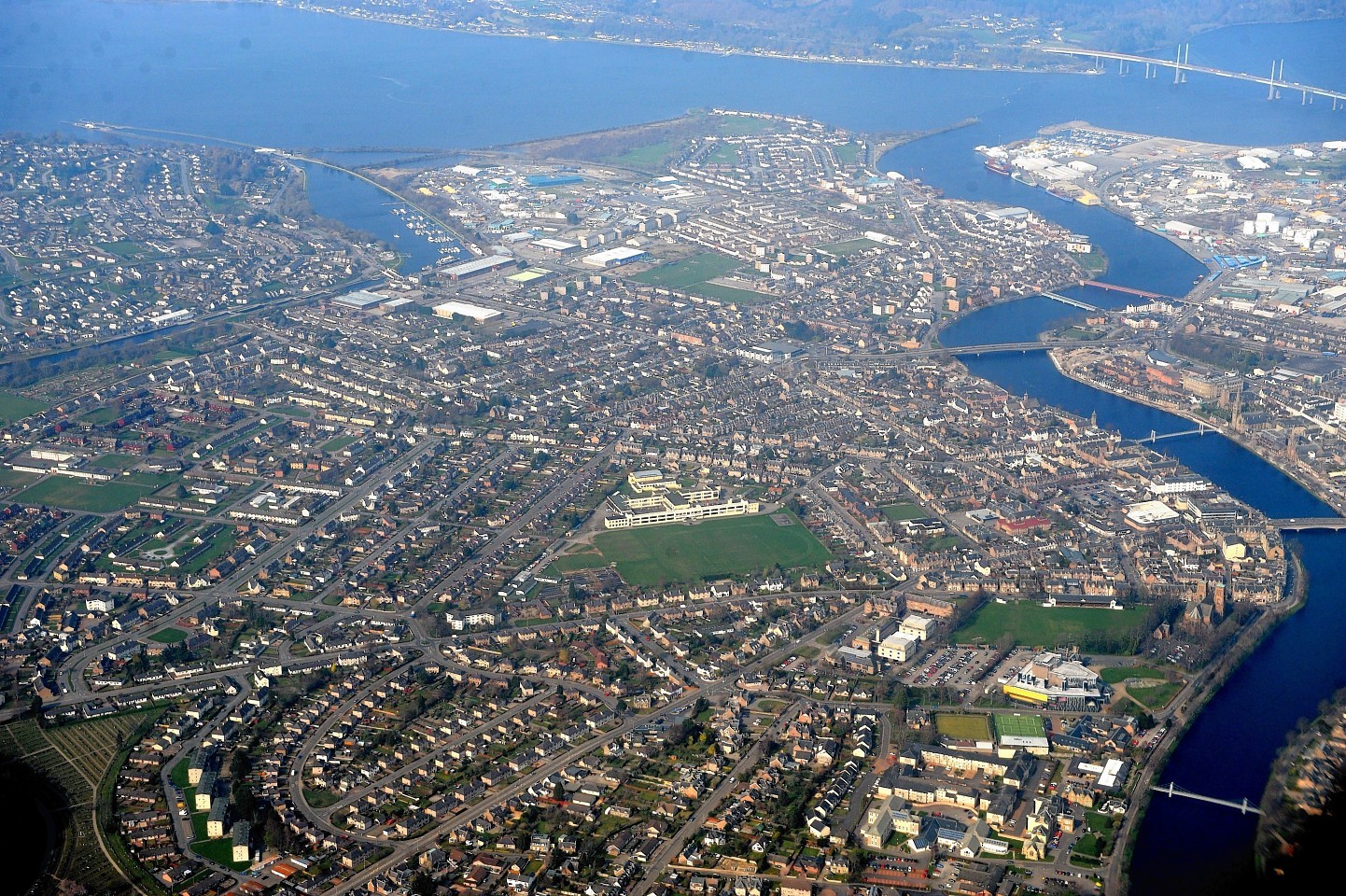A large jump in timber imports helped the Port of Inverness to steer a steady course during the 18 months to March 2015, bosses said yesterday.
The harbour’s latest annual report said a 28% increase in the total volume of timber, to 3.5million cubic feet, highlighted better times for Scotland’s housebuilding industry.
Imports of carbon anodes for the aluminium smelter at Fort William also showed a significant increase on the previous 12 month accounting period, up by 17% to 21,900 tonnes.
A total figure of 898,321 tonnes were handled in the latest period, which equates to 598,880 tonnes per annum, with imports accounting for three-quarters of the total.
Chief executive Sinclair Browne said the port made a trading surplus of £202,000, with turnover up by more than £500,000 at £1.81million.
He added: “Our operating costs were on a par with the previous 12-month period and the rigorous operational review we carried out in 2012 continues to bear fruit.
“Both our current and long-term liabilities were reduced over the period.
“We have also continued to invest in our facilities to enable us to attract new customers, and this has led to an increase in business from the wind-energy sector due to our large lay down areas and storage sheds.
“We still have a long-term vision to develop the waterfront into a vibrant gateway to the city of Inverness and are currently assessing our plans for this area.”
More than 300 ships used the post’s faclities during the 18 months to March.
Cargoes included wind turbines, oil, timber, paper pulp, coal, grain and wood chips.
Mr Browne said: “Trading conditions continued to be challenging due to the worldwide downturn but there are encouraging signs of improvement.
“Our income from rental property rose, reflecting a number of deals completed within the port boundaries.
“Revenue from the renewables industry was limited as a result of the lack of development during the reporting period, but there are very positive opportunities for work with this sector in the future.
“Inverness Marina – in which we own a 50% stake – continues to thrive and attract customers from all over the world, and has enjoyed another very busy year.”
Port of Inverness is one of Scotland’s most sheltered natural deep water harbours, lying seven miles south-west of Chanonry Point in the Inverness Firth. The trust-owned harbour’s records go back to 1249.
